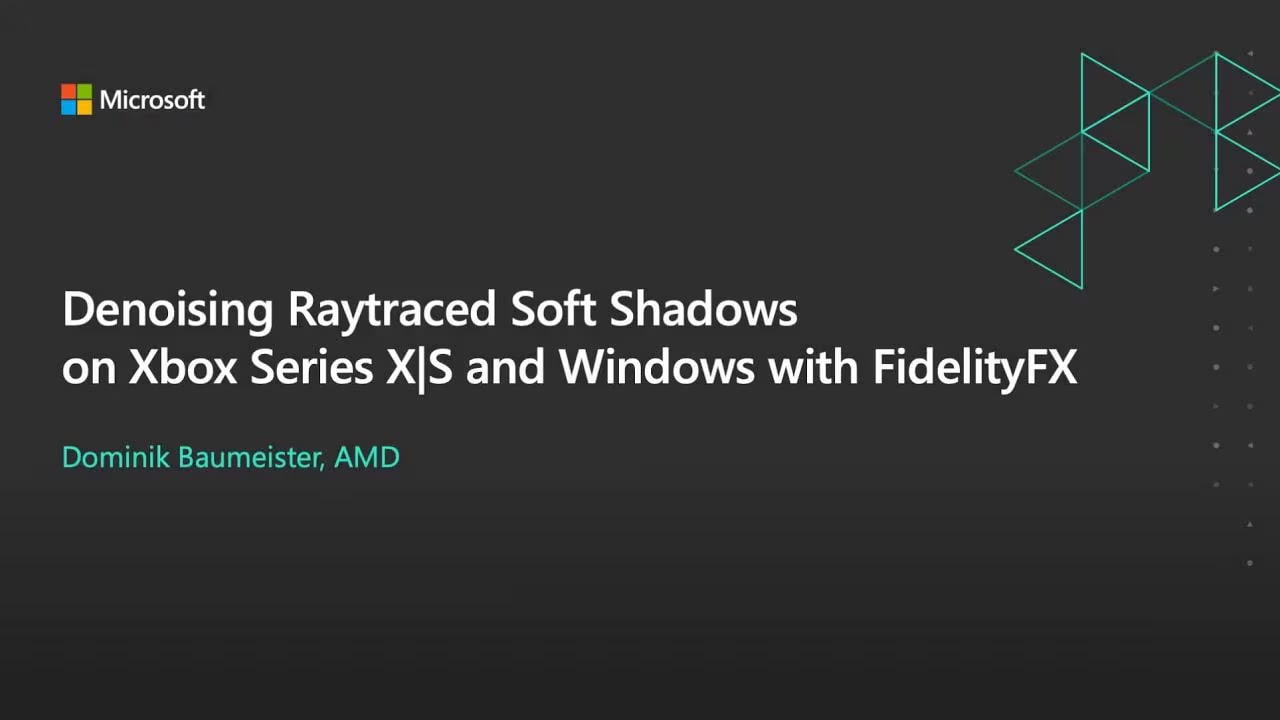We explain how FidelityFX Denoiser allows for high-quality raytracing results without increasing rays per pixel, and deep dive into specific AMD RDNA™ 2-based optimizations that benefit both Xbox Series X|S and PC.
Why this extra page to get to the video?
This video is not hosted on AMD’s YouTube channel, so we cannot put a link to the slides in the description there as we would normally do. We think you won’t want to miss the slides, so before you head over to YouTube (opens in new window) with the image thumbnail link above, make sure to grab the slides too!
